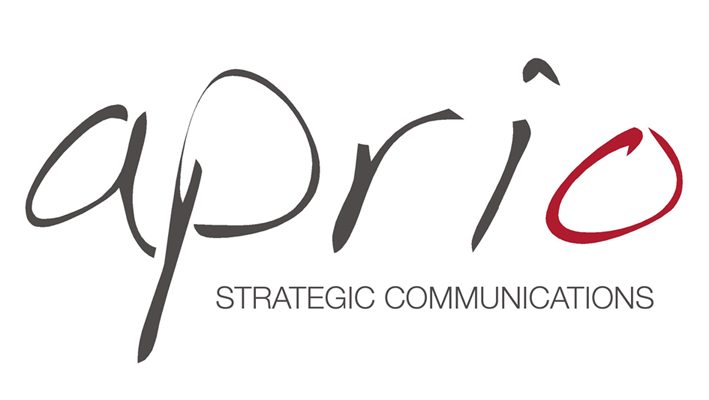Why does it look like this, according to the author?
Because, he says, with social media, blogs and even press releases, PR is going straight to the audience and bypassing traditional media.
According to the article, "It doesn't matter whether they're selling information, clothes, or coupons—they are selling it direct to the audience. So are they advertising or PR-ing?"
No, PR does not look like advertising
What the author is getting after is third-party validation: By skipping the media and publishing to reach audience directly, PR is missing the credibility that is earned through the media.
But he's wrong. Sometimes the press release is the story.
Indeed, PR is defined by third-party party validation, but the media is not the only source of credibility. Every link, tweet, like, Google +1, Stumble, bookmark—any Web connection that shares information—is a form of validation. Individually, they may not make an enormous difference, but over time the aggregate of voices definitely matter.
This is why Yelp reviews rank so well in local search. This is why content marketing is the new branding. It's good old fashioned word of mouth marketing, done online and that answers that important question: I'm thinking about buying X, do you have any recommendations?
To the contrary, marketing looks more like PR
Marketing looks more like PR, and that includes advertising.
Did you hear about that stunt Oreo did during the Superbowl? Sure, everybody did. Was it a paid placement? Nope.
The Oreo social media plug was the brainchild of 360i, a digital marketing firm, that features the fact it made AdAge's 2013 "Agency A-List" and was also named as a best place to work by AdAge in 2011 and 2012 on its website.
Remember the Old Spice campaign? It blended advertising, PR and social media and drove sales, and was created by Wieden + Kennedy, which by its own description is a "creatively driven advertising agency."
Native advertising, the latest new hot thing in advertising is pointedly designed to disguise advertisements as news stories.
Advertising today is engineered to look, feel and function more like PR than advertising … because PR works. Talking to people, engaging with your audience, and reaching out works. Fostering trust, forming relationships and building brands moves content and sells things.
Why is this happening?
Marketing has to shift to function more like PR because consumers are tired of interruption marketing. Technology has given us the means to do that through DVRs, pop-up blockers, and email spam filters to name a few. For many, online advertising is like swatting flies—we bat down the advertisements to get to the good stuff, while marketers continuously try to force feed us paid promotions.
Promoted posts, click-through news stories, and those annoying mini pop-ups that follow you as you scroll a page are among the latest interruptions. People don't hate marketing, they hate those interruptions. They're obstacles that are intentionally placed between readers and the information they seek.
On the Web, attention is a form of currency. I contend it's better to earn it than try to buy it, which is what PR has always done. This is why marketing, and indeed advertising, looks a lot more like PR. It's a change I embrace, and recommend other PR pros do as well.
A version of this article first appeared on Sword & the Script.
